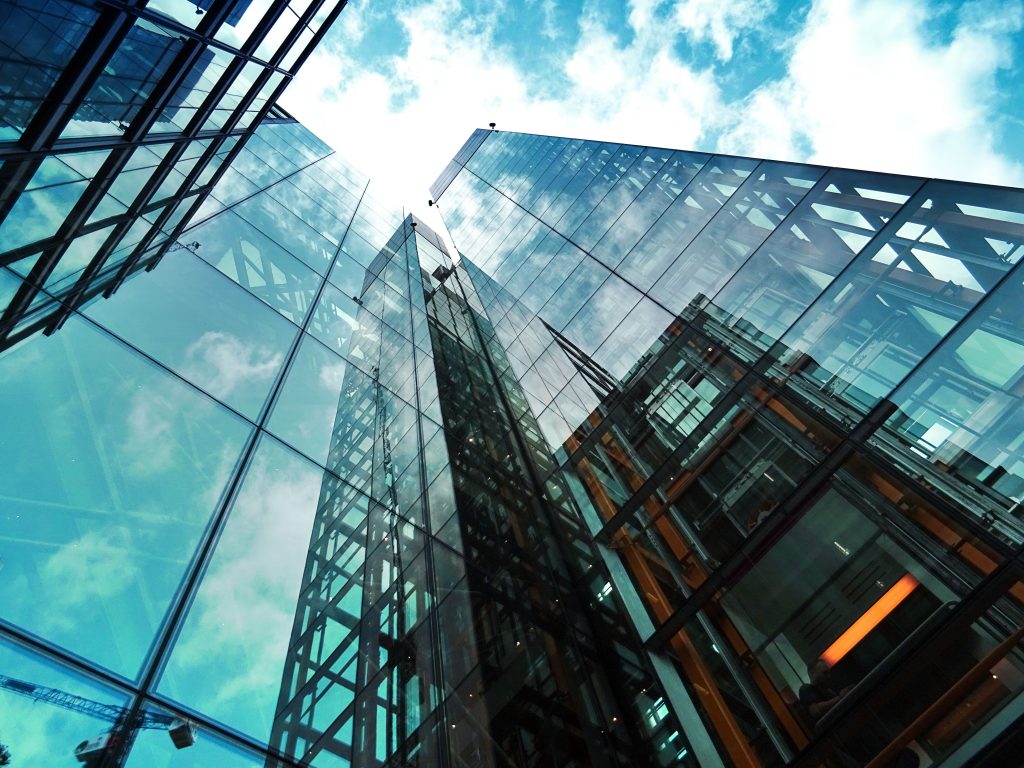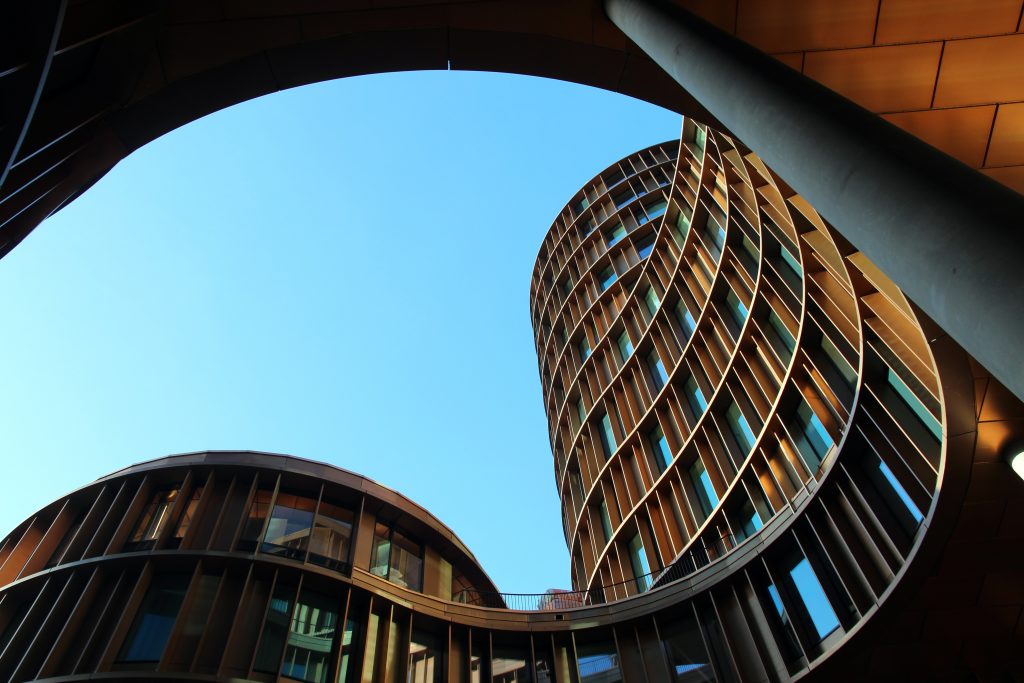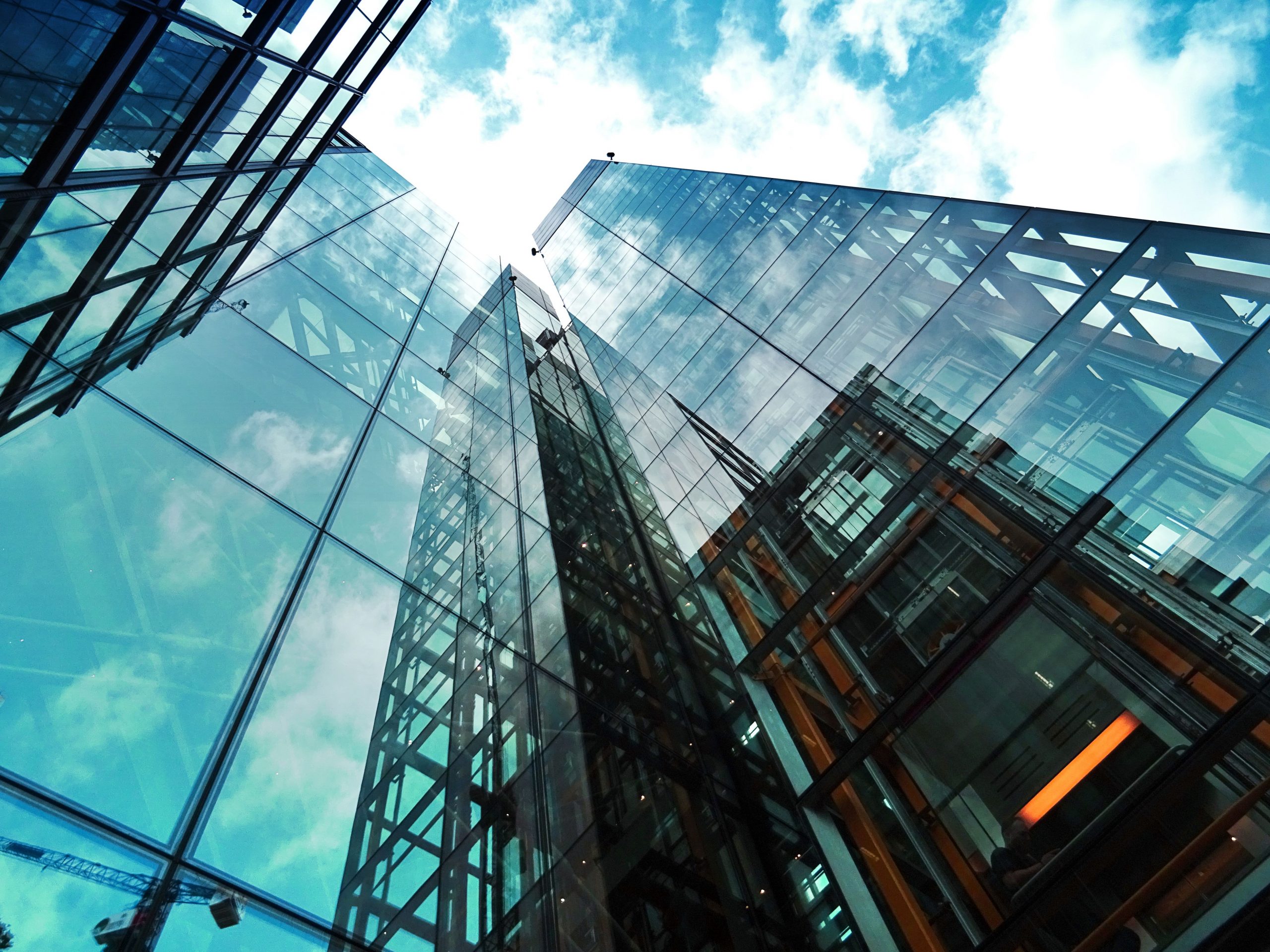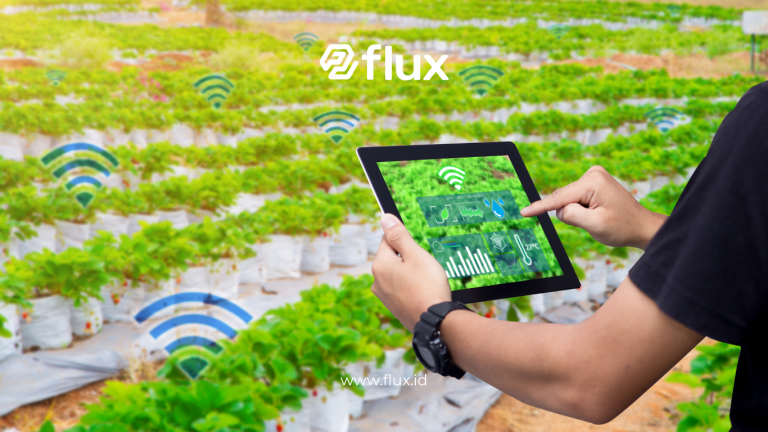Don't miss our holiday offer - 20% OFF!

Read also : Automated Parking Concept: Smart Solution for Availability
Smart buildings have become a major trend in modern construction. One key technology supporting this concept is light sensors. In this article, we will discuss how to harness light sensors to create energy-efficient smart buildings.
Contents
What Are Light Sensors?

Read also : Weather Sensors Controlling External Weather Factors
Light sensors, also known as photodetectors, are electronic devices that can detect the intensity of light in their surroundings. These sensors play a crucial role in optimizing energy usage in smart buildings.
Benefits of Using Light Sensors

Read also : Security and Privacy in Connected Parking Systems: Challenges and Solutions
Utilizing light sensors in smart buildings offers numerous advantages. Some of them include:
Energy Savings
Light sensors allow lighting systems to adapt to natural light conditions. This means that lighting can be automatically turned on or off as needed, significantly reducing energy consumption.
Occupant Comfort
With automated lighting, building occupants experience greater comfort. Proper lighting can create a more productive and pleasant environment.
Longer Service Life
The use of light sensors can extend the lifespan of light fixtures and other lighting devices, reducing maintenance and replacement costs.
Integrating Light Sensors into Smart Buildings

Read also : Security and Preparedness Enhanced by Smart EWS Technology
Integrating light sensors into smart buildings is not a difficult task. Here’s a practical guide:
Identify the Right Locations
Determine the most strategic locations for installing light sensors. This may include conference rooms, hallways, or parking areas.
Choose the Right Sensor
There are various types of light sensors available on the market. Select one that suits your building’s needs.
Integration with Smart Systems
Ensure that the light sensors are integrated with your building’s smart system. This enables more sophisticated and efficient settings.
Configuration and Testing
After installation is complete, perform configuration and testing to ensure that the light sensors function correctly.
Conclusion

Read also : Transforming Buildings for Greener Efficiency with Light Sensors
Harnessing light sensors is a critical step in creating energy-efficient smart buildings. By employing this technology, we can reduce energy consumption, enhance occupant comfort, and extend the lifespan of lighting devices. It’s a small step towards a more sustainable and intelligent future in the construction industry.
So, if you’re planning the construction of a smart building, don’t hesitate to incorporate light sensors. By doing so, you’ll not only reduce your environmental impact but also save on energy costs in the long run. Happy designing of energy-efficient and smart buildings!





